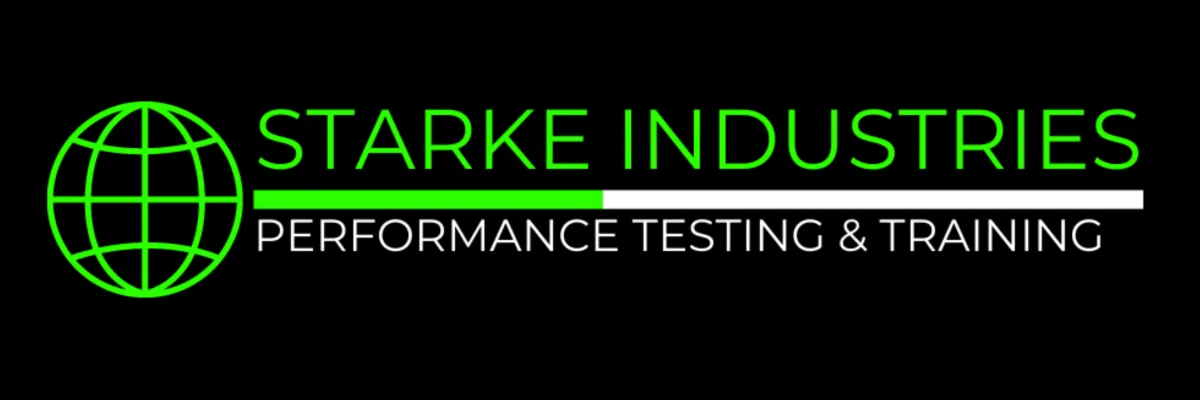
Starting a Respiratory Training Program with MIR Spirobank II Smart Data
Respiratory training is a vital component of an athlete’s overall fitness, but knowing where to start can be challenging. The MIR Spirobank II Smart provides comprehensive spirometry data that can guide the design of a personalized respiratory training program. By analyzing lung function, this device helps pinpoint specific areas of improvement, ensuring that your training is both effective and targeted.

Understanding the Data from MIR Spirobank II Smart
The MIR Spirobank II Smart collects essential respiratory data, including:
Forced Vital Capacity (FVC)
Purpose: Measures the total volume of air that can be forcefully exhaled after a deep breath.
Program Impact: Low FVC values may indicate reduced lung capacity, suggesting a focus on exercises that improve lung volume and overall endurance.
Forced Expiratory Volume in 1 Second (FEV1)
Purpose: Assesses the amount of air expelled in the first second of a forced exhale.
Program Impact: A lower FEV1 can point to restricted airflow, indicating the need for training that enhances exhalation strength and speed, such as high-resistance breathing exercises.
FEV1/FVC Ratio
Purpose: Evaluates the proportion of air expelled in the first second relative to the total exhaled volume.
Program Impact: This ratio helps in identifying potential obstructive or restrictive lung conditions, guiding whether the training should focus more on improving airflow (e.g., for obstructive patterns) or increasing lung capacity (e.g., for restrictive patterns).
Peak Expiratory Flow (PEF)
Purpose: Measures the highest speed of exhalation.
Program Impact: Low PEF values suggest a need for exercises that enhance the explosive power of exhalation, which is critical in sports requiring quick bursts of energy.
Designing a Personalized Training Program
Baseline Assessment
Use the initial spirometry data to establish a baseline of respiratory health. This will help in setting realistic goals and tracking progress over time.
Targeted Training
Depending on the data, your program may include exercises to increase lung capacity (for low FVC), strengthen respiratory muscles (for low FEV1), or improve peak flow rates (for low PEF).
Progressive Overload
Just like in strength training, respiratory muscles respond well to gradual increases in resistance and intensity. Use devices like BreatherFit alongside the data to progressively challenge your respiratory system.
Regular Monitoring
Continuously monitor your respiratory function with the MIR Spirobank II Smart. Adjust your training program as your lung function improves to ensure continued progress.
Final Thoughts
The MIR Spirobank II Smart offers invaluable insights that can transform your approach to respiratory training. By providing detailed data on lung function, it allows for the creation of a highly personalized program that targets specific weaknesses and enhances overall respiratory health. This data-driven approach ensures that your training is both efficient and effective, leading to significant improvements in athletic performance.



